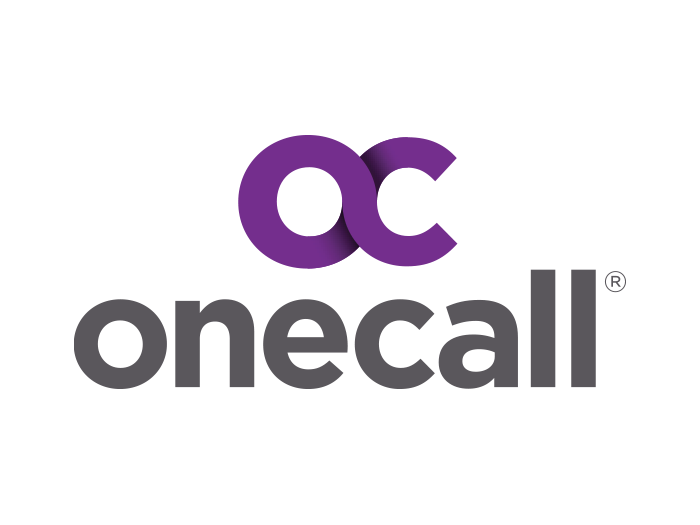Is Long-COVID a Simmering National Health Disaster? Here’s Why Some Experts Think So
While it’s tempting to think COVID-19 is in the rearview mirror, those who manage accommodation and leave requests and process claims know that this is not our reality. We haven’t seen a tsunami of Long COVID claims, which makes it easier to adopt an out-of-sight, out-of-mind philosophy. But that would be unwise — in part because of potential lag times in reporting. And that’s just one part of a much larger story.
We know Long COVID can be considered a disability under the Americans with Disabilities Act (ADA). And since many experts predict it will be the next national health disaster, savvy risk and integrated absence management professionals are making plans to ensure compliance.
More often than not, those plans start with the basics. Job one is to ensure all employees have updated job descriptions complete with essential functions, which can morph over time.
In addition to building institutional knowledge, updated job descriptions support successful accommodations, especially when they pertain to a cognitive function. Yet what we saw during the pandemic (though it was happening before) is that a lot of employers do not have updated job descriptions.
Whether you include this exercise in the interactive process or make it a mandatory part of annual employee reviews, update job descriptions regularly to document the perspectives of those doing the work. That way, when employees request accommodations, you know what is reasonable to support that person and keep the wheels on the bus.
Customize
There is no one-size-fits-all approach to accommodations, which is why it’s important to have individualized assessments and establish a consistent process to avoid unintentional discrimination. Everyone must be treated fairly, which includes following the same process and offering accommodations consistently. Here, we see the benefits of using software to ensure that all employees access one process, that requests are sent to the right people in a timely manner and that everything is tracked.
The pandemic changed a lot for most employers. We see more common hybrid or remote work, greater use of technology and a recognition that just because an organization used one approach successfully does not mean it’s the best or most effective way to do things.
In fact, it’s increasingly risky to continue with pre-pandemic approaches. We hear this refrain from legal experts, who cite costly court cases (awards for employees as well as legal fees) when employers fail to respond to change and adjust their policies accordingly.
To be safe, update policies, processes and practices to reflect the changes in work environments. And train supervisors regularly to ensure they not only understand policies and procedures but are also confident in their ability to implement them.
The question is how you do that. How do you ensure that supervisors understand your policies and that they’re confident in their abilities to enforce them? There should be a process for that. And it should be documented.
Realities
In addition to ensuring reasonable accommodations for millions of employees with Long COVID, we must address the industry vulnerabilities highlighted during the pandemic.
The Long COVID: Assessing and Managing Workforce Impact white paper outlines some of those issues. It also provides policy guidance, recommendations for stay-at-work and return-to-work accommodations, a decision-making process map and best practices. This resource, which was developed by industry experts assembled by DMEC with support from Sedgwick, cites bottom-line costs, productivity concerns and disability system limitations.
It addresses the financial costs of Long COVID-related claims and a worrisome loss of intellectual capital as older employees leave the workforce. It also highlights gaps in benefits and care and sets the stage for future discussion.
And judging from the 2022 DMEC Long COVID Pulse Survey Results, that guidance is needed. For example, what happens when a virus that is difficult to diagnose sickens millions of workers and the traditional documentation required for coverage is not available?
What is the employer’s role when employees with Long COVID bump into short-term disability ceilings, and when employees are sick but not eligible for long-term disability? When it comes to care, what role should employers play to ensure their employees have options to get what they need for whole-person health (body and mind)? And how do we deal with the 24-month limitation for mental illness-related disability?
This is not a new issue, but it is increasingly problematic for employees with brain fog from Long COVID. Many thought this would have been addressed by the mental health parity legislation, but that has not happened.
These complicated issues require insurance industry collaboration to achieve meaningful change when it comes to coverage. And there are time-sensitive elements to these questions, especially the mental health limitation, due to Long COVID challenges. For example, the way providers code diagnoses for “mental nervous” or Long COVID has a material effect on your employees’ insurance coverage, which affects access to care. And that, in turn, affects return to work.
Solutions
Amid a sea of unanswered questions, an emerging theme is the need for more accommodation-friendly workplaces that keep employees at work and provide incentives for them to return as soon as possible.
Your responsibility to assess and update job descriptions, as noted earlier, will pay dividends when it comes to cognitive requirements for roles. And increased knowledge about these issues is especially pertinent for (but not limited to) employees with Long COVID.
In addition to updating job descriptions and assessing accommodations, employers should be tracking cases of COVID and Long COVID, whether that means monitoring information from insurance companies or using an in-house method.
Data from the Centers for Disease Control and Prevention shows that one in 13 adults have Long COVID symptoms, and 80% of adults with the disease have trouble with daily activities. These aren’t just numbers; they represent the people who keep your company in business.
And since we continue to hear about undocumented cases of Long COVID, creating open lines of communication and encouraging employees to report illness will help ensure they have what they need to do their work and that your workplace is a safe — and productive — environment.
Accommodations Matter
Despite topic fatigue when it comes to COVID, we need to address practical issues to effectively manage leaves and reduce risk.
The pandemic highlighted holes in our systems — gaps between theory and practice. As new variants emerge and millions of Americans file Long COVID claims, we must respond effectively to ensure history doesn’t repeat itself. &










